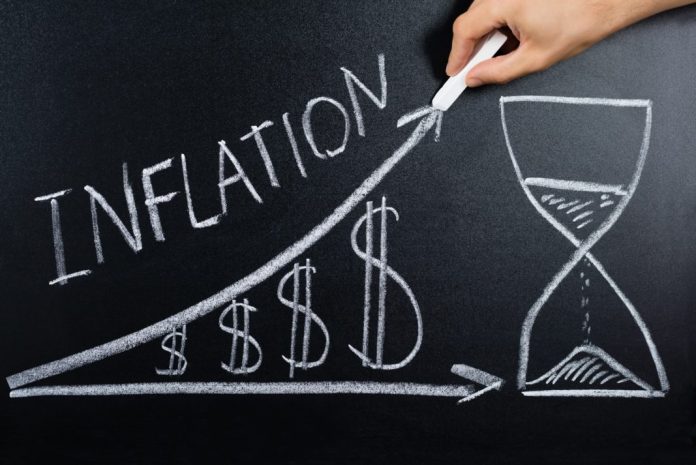
Inflation for June inched up 0.3% to reach 7.8% according to the latest data from the Ghana Statistical Service (GSS).
This means that despite the marginal increase, inflation remains in the single digit, continuing a trend for three months.
According to the data, the marginal increase was driven by inflation for foodstuffs and transportation.
Month-on-month inflation between May 2021 and June 2021 was 1.3% according to the data. While food inflation was 7.3%, non-food Inflation was 8.2%. The difference between food and non-food inflation was 0.9 percentage points, but the difference between food inflation for May and June 2021 was 1.9 percentage points.
For locally produced items, inflation was 7.9%, whereas inflation for imported items was 7.0%. Inflation for local goods however surpassed inflation for imported items by 0.9 percentage points.
Housing, Water, Electricity and Gas (14.2%) and Transport (13.4%) record inflation rates higher than the national rate of 7.8% indicating that changes in food and transport prices are increasing at a faster rate.
On the other hand, three divisions record inflation {Housing, Water, Electricity and Gas (14.2%); Transport (13.4%); and Insurance and Financial Services (5.5%)} higher than the inflation for rolling average July 2020 to June 2021 the report said.
Water recorded a deflation rate whilst Fish and Other Seafood also recorded deflation of 1.9%.
Regionally, Greater Accra continued to record the highest inflation with a rate of 12.5%, largely influenced by prices of food and housing.
Northern Region followed suit with an inflation rate of 11%. Ashanti Region recorded the same inflation rate as the national average of 7.8%.
Northern Region continued to record higher year-on-year food inflation (16.2%), closely followed by Upper West 14.8% and distantly next is Greater Accra 9.9%.
























